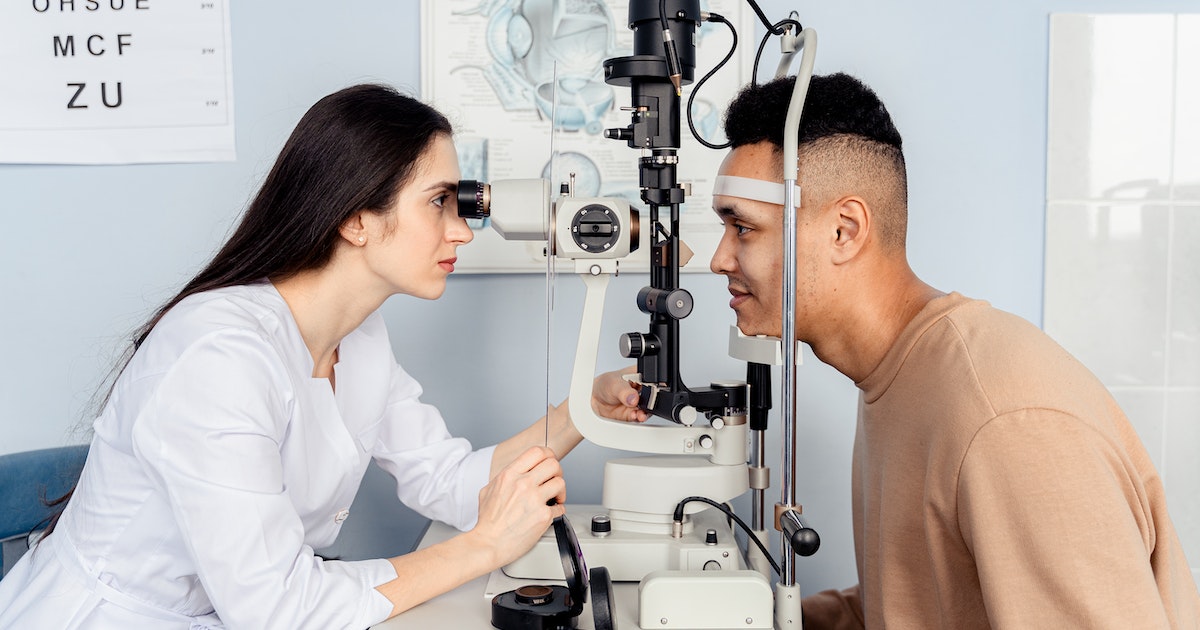LASIK surgery, or laser eye surgery, can address various vision problems. However, there are potential adverse effects, and the surgery is unsuitable for everyone. Depending on where a person lives, the surgery can also be expensive.

The cornea is the outer layer of the eye. Some people’s corneas can alter their shape, resulting in vision problems such as astigmatism and myopia. This layer is reshaped using laser eye surgery, a medical operation.
The particular manner in which laser eye surgery reshapes the cornea is dictated by the vision problem being treated. Laser eye surgery can correct vision problems like nearsightedness and farsightedness.
The surgery is brief, and patients remain conscious throughout. It is also ordinarily painless; if a person suffers discomfort, it usually implies that complications have occurred. This page explains what laser eye surgery is, who it can assist, how much it costs, how long it takes to recover, and any short- and long-term dangers.
What exactly is laser eye surgery? (LASIK or PRK)
LASIK is the most prevalent type of refractive eye surgery for laser-assisted in situ keratomileuses. LASIK was first patented in 1989 and has become the most popular therapy for refractive eye problems. Lasers are used to sculpt the cornea during the process.
Who could it benefit?
Over 150 million Americans use corrective eyewear, such as glasses or contact lenses, to compensate for refractive defects, according to the American Academy of Ophthalmology. Refractive errors arise when the eye fails to bend – or refract – light to properly focus on the retina at the back of the eye. This is mainly due to the cornea’s shape.
Farsightedness
Hyperopia is the medical term for farsightedness. People with this condition can see items in the distance clearly, while close objects can appear hazy. Farsightedness is caused by the cornea’s curve being too flat. This can be corrected with laser eye surgery by reshaping the cornea to have a steeper curvature.
Nearsightedness
Nearsightedness, often known as myopia or short-sightedness, is the ability to clearly perceive objects in close proximity. Distant things, on the other hand, may appear blurry. This is because the cornea’s curvature is too steep. By reshaping the cornea, healthcare practitioners can rectify this through laser eye surgery.
Astigmatism
The presence of a misshaped eye distinguishes astigmatism. Without the condition, the eye is round, like a soccer ball. However, those with astigmatism may have a more football-like shape. In some circumstances, laser eye surgery can rectify this uneven curvature of the cornea.